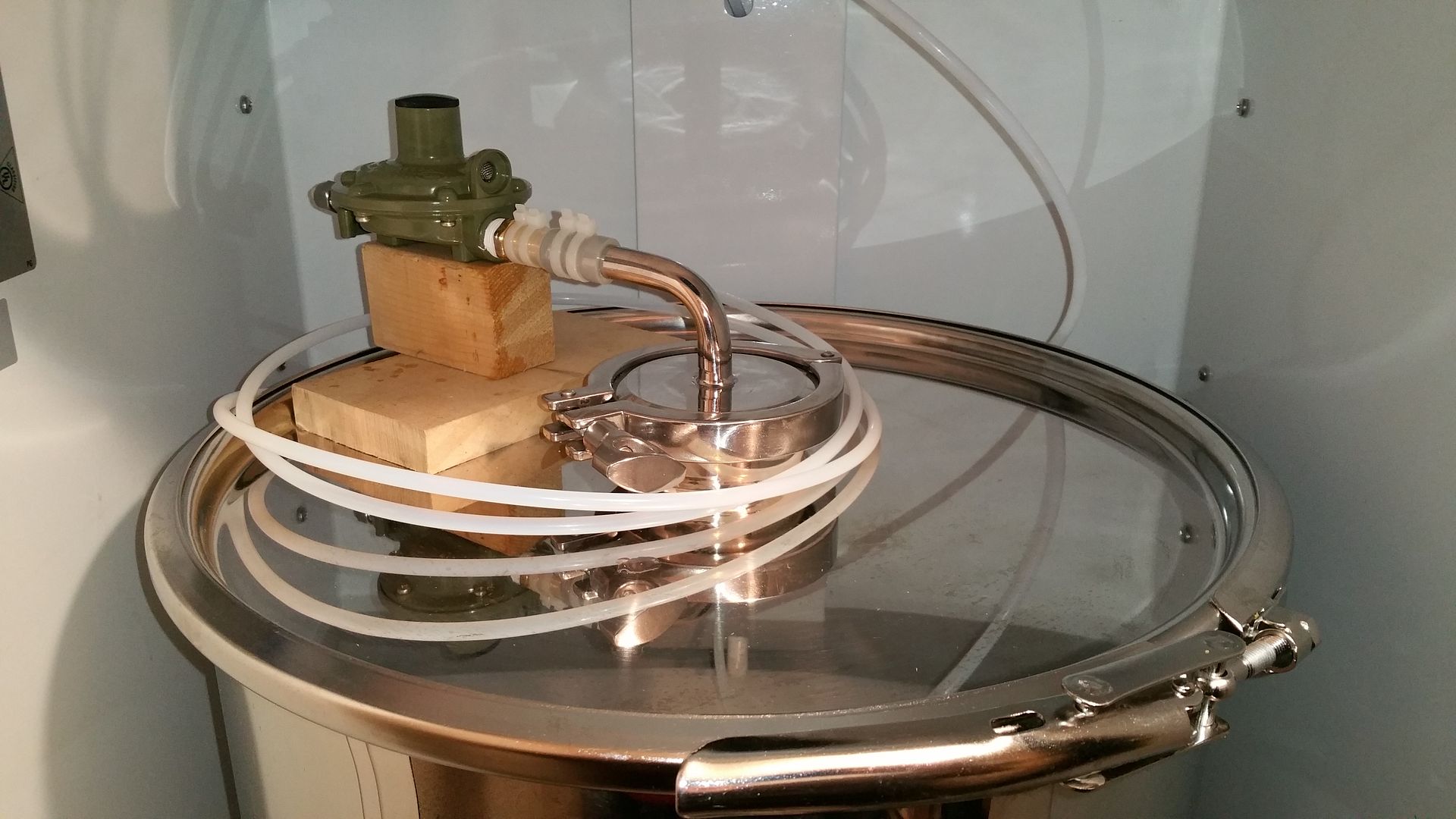ChucknBeer
Well-Known Member
- Joined
- Mar 20, 2015
- Messages
- 79
- Reaction score
- 9
I have been thinking on "injecting" CO2 to my fermenter (bucket) while coldcrash, to avoid suckback and preventing oxygen from getting to the beer.
I believe that those 12gr catridges plus something like a bike pump connected to a food grade tubing (poor guy solution) or a CO2 charger for kegs... all sanitized, would be enough.
The bucket is not 100% airtight, but the seal is quite good on it, the idea would be to inject CO2 when the airlock shows signs of suckback and until bubbles start going out again, repeating until final temp is reached.
What do you think?
I believe that those 12gr catridges plus something like a bike pump connected to a food grade tubing (poor guy solution) or a CO2 charger for kegs... all sanitized, would be enough.
The bucket is not 100% airtight, but the seal is quite good on it, the idea would be to inject CO2 when the airlock shows signs of suckback and until bubbles start going out again, repeating until final temp is reached.
What do you think?




